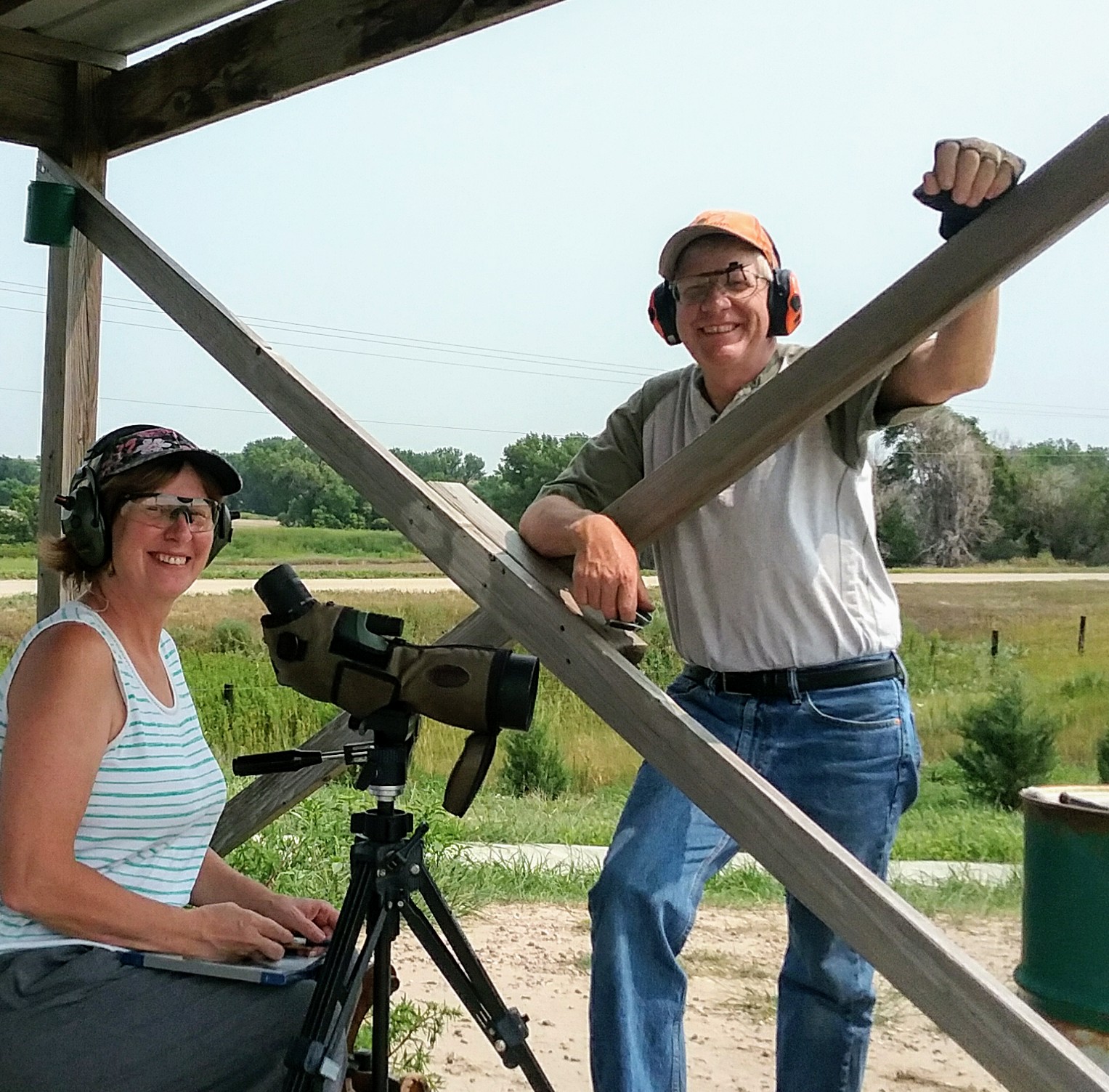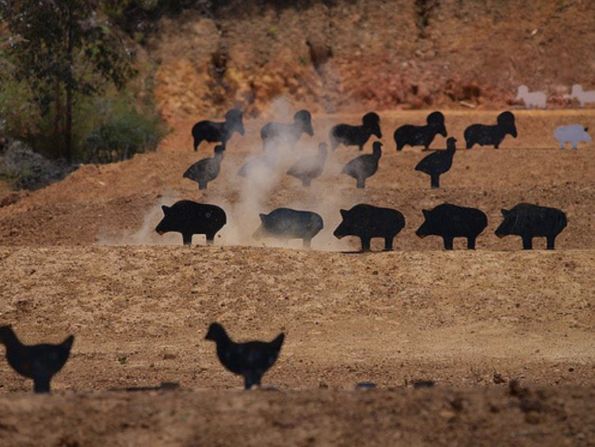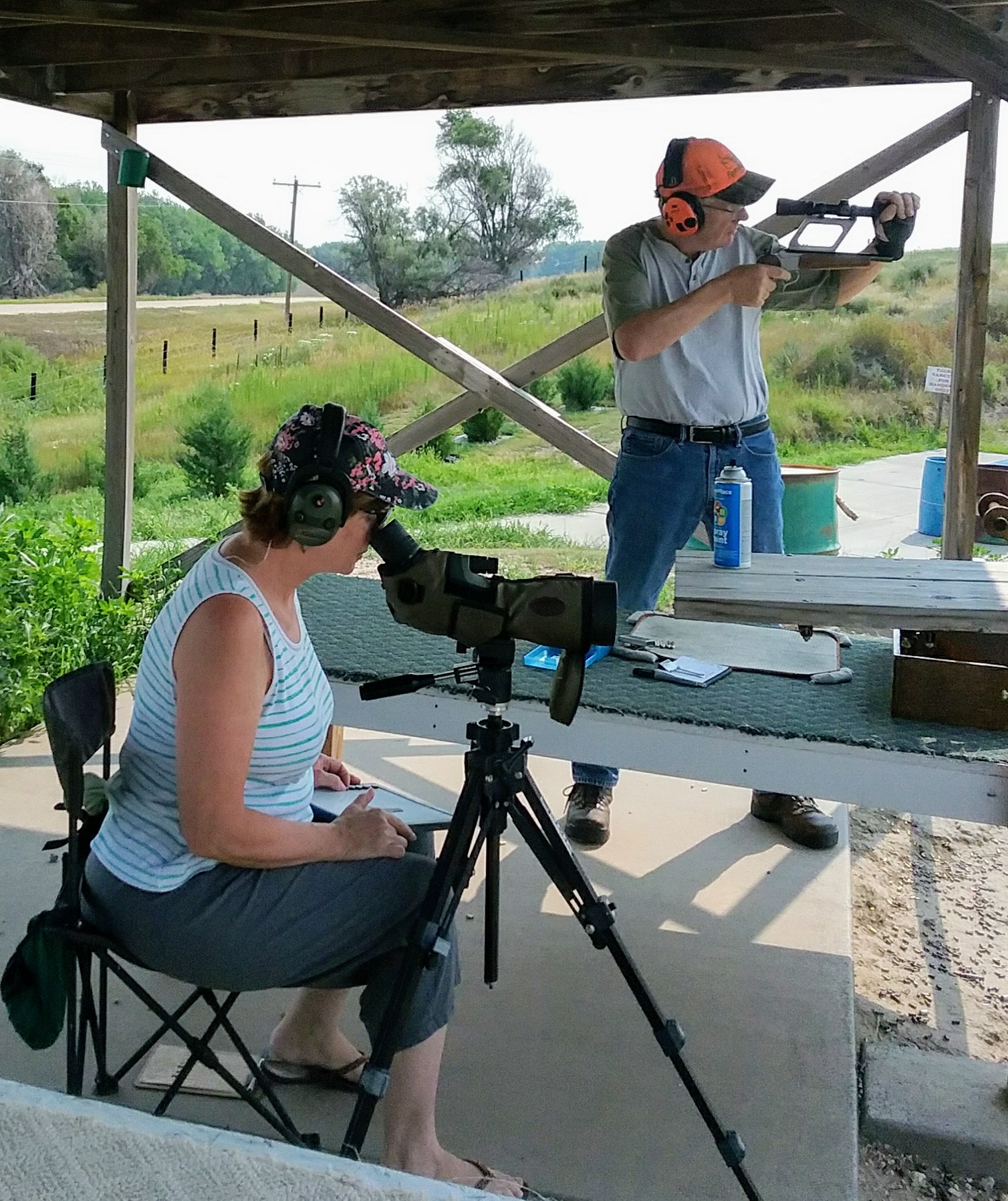
Off-the-clock: Denver Water's marksman
When he’s not thinking about running Denver Water’s Recycling Plant, Russ Plakke is more than likely thinking about target practice.
Plakke manages the recycled plant, which takes water that’s gone through our homes and been cleaned at the Metro Wastewater plant, cleans it again to a high, but non-drinking water standard and delivers it to specific customers for purposes such as irrigation and industrial cooling.
He’s also an expert marksman and part of a shooting team that competes — and wins — on a national level.
Plakke and his wife, Syrena, compete in matches organized by the International Handgun Metallic Silhouette Association. The organization started in 1976 to promote competitions in which handguns are used to knock over steel silhouettes of chickens, pigs, turkeys and rams at distances ranging up to 200 meters, or more than 650 feet.
“I like it because it’s a challenging sport and it’s a unique competition,” Plakke said.
Around the world, only 1,500 to 2,000 people participate in the IHMSA competitions. About 800 to 1,000 of those competitors live in the United States.
The goal of the competitions, which draw participants from all over the world, sounds pretty basic: Hit the steel target and knock it over, as seen in this video.
But some of the targets are small, only inches in width and length, and require a marksman’s skill, practice and patience to hit.
Different matches require different types of handguns, and the position the shooter takes during the competition also varies. Sometimes the shooter will stand, holding the handgun with one or both hands. Sometimes they choose a “freestyle” position, in which the marksman, or woman, supports the firearm on a blast shield or his or her body. Some shooters choose to lie on the ground and rest their handgun on a leg or across an arm.
“People think you’re just lying there, but the competitions are very physically and emotionally draining,” said Plakke.
Plakke, as the shooter, focuses on the target. His wife, as the spotter, tells him where to aim. Or as Plakke jokes, “She tells me what to do and I have to listen and do it.”
The spotter monitors the wind speed on the range and what’s known as the “mirage,” the shimmer in the air caused by heat rising from the ground and distorting the view of the target. The spotter also monitors temperatures and “wind drift,” the effect of the crosswind on a bullet’s trajectory. Small changes in any of those factors will influence an expert shooter’s aim.
The spotter also tracks where each shot lands and tells the shooter how to adjust their aim for the next round.
Teamwork between the spotter and the shooter is critical to a successful match, Plakke said.
The couple has competed as a team for seven years, traveling to matches around the region. One of Plakke’s favorite things about going to distant competitions is that it gives them an opportunity to talk and spend time together.
Plakke has been to IHMSA’s world championship competition six times, once nearly winning an extremely difficult category. That competition holds a special memory for Plakke, as he nearly shot a perfect score.
He has made it to the finals at the world competition four times, and in 2018, won regional competitions twice. He also has 21 state championship awards.
Plakke is passionate about promoting the sport and serves as IHMSA’s regional director for an area that includes Colorado, Nebraska, North Dakota, South Dakota and Wyoming. He’d love to see more people taking up the sport and learning the skills.
“Some people may think because it’s shooting, that it would be too loud to relax or too stressful,” Plakke said. “But you have to focus on the target, and when you do, you lose focus of everything else around you. It’s a good way to clear your mind.”



